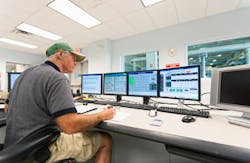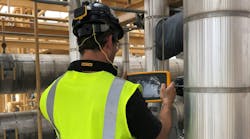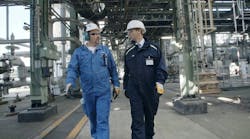In industrial plants, when normal safety limits are exceeded or safe operating conditions are violated, safety instrumented systems (SIS) can be used to return the process to a safe state.
A new report by Research and Markets predicts that the SIS market will show strong growth over the next few years, expanding at a compound annual rate of 11.06 percent between 2015 and 2020 to reach a value of $3.76 billion by the end of the forecast period.
A safety instrumented system is an autonomous system made up of sensors, logic solvers and final control elements that measures pressure, temperature and water level to ensure process safety. Industries that use SIS include chemicals, refining, oil & gas, pharmaceuticals & biotech, paper & pulp, metals & mining, water & wastewater, food & beverage manufacturing and power generation. The biggest sector is oil & gas, which accounted for about 19 percent of the market in 2014.
The research firm found that the the major drivers for market growth are safety regulations imposed by governing authorities, and labor unions pressing for reliable safety measures, together with the rise in automotive manufacturing across the globe and the increasing adoption of SIS for power generation applications.
High demand from developing regions and the advent of new technology such as the Internet of Things (IoT) will also contribute to the growth of the SIS market.
At the same time, however, the high cost of SIS products, lack of awareness, and complexity of standards such as IEC 61508 and ISO 26262 act as a restraint on the market.
The report considers various types of SIS, including emergency shutdown systems, fire and gas monitoring and control, high integrity pressure protection systems, burner management systems and turbo machinery and control.
Components vary according to the application, but include safety switches, emergency stop devices, safety controllers/modules/relays, safety sensors and programmable safety devices, among others.


